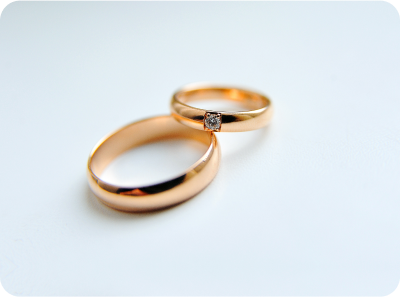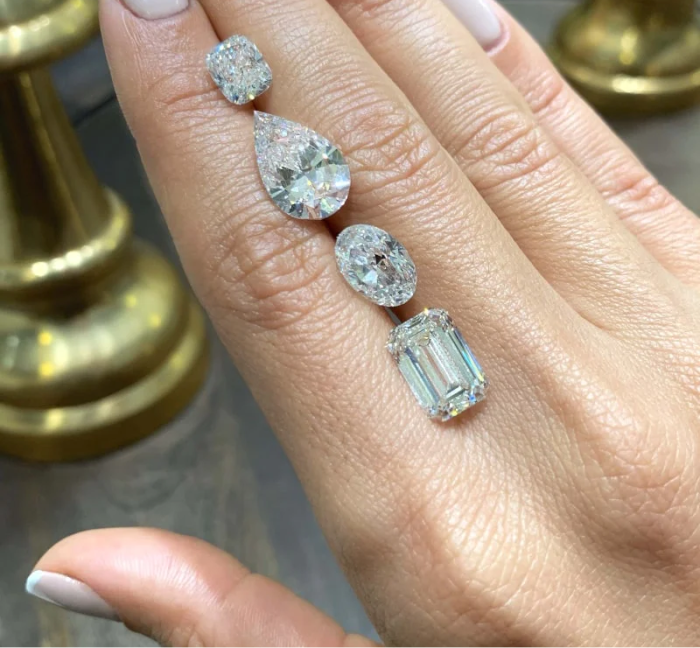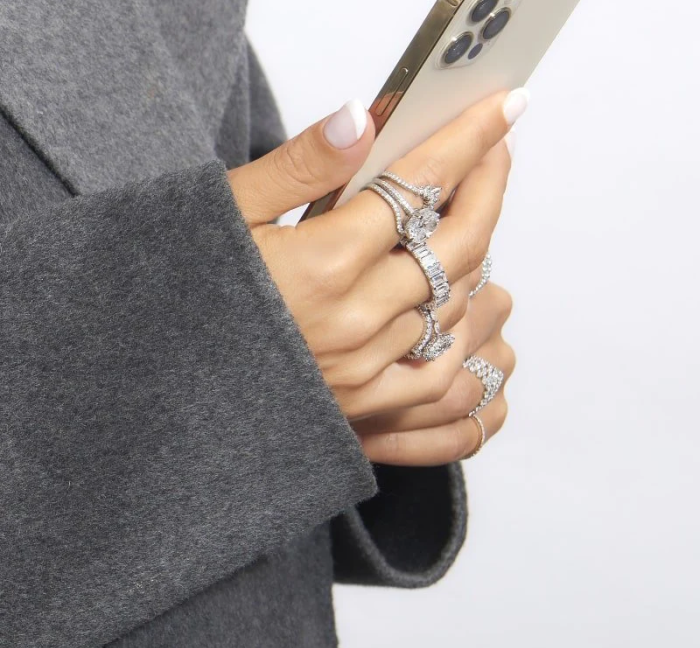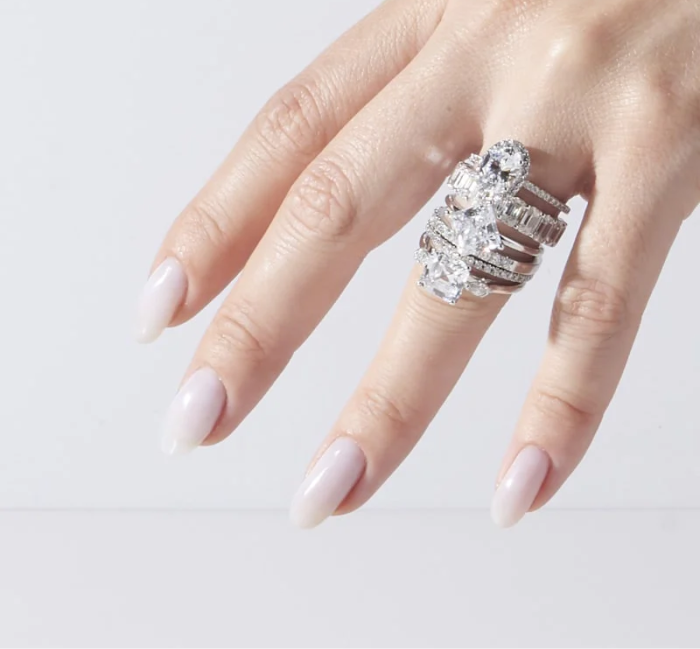FINDING PERFECT RING
HOW TO FIND A PERFECT RING?
1. Budget

2. CHOOSE METAL
1. Platinum
2. Titanium
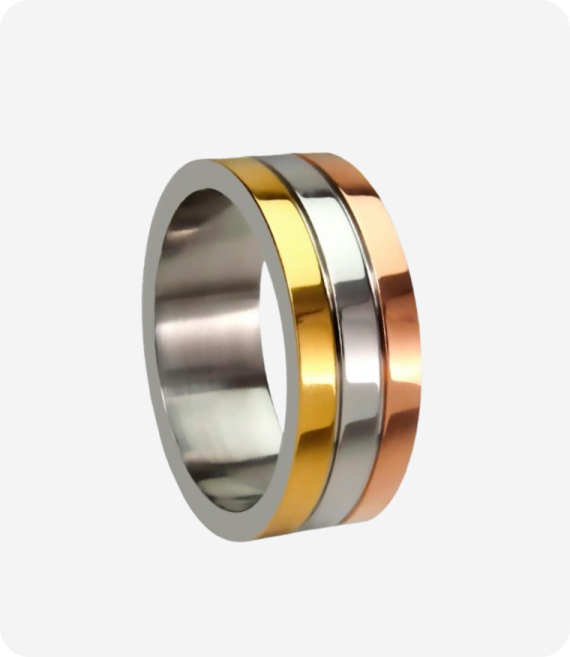
3. Palladium
4. Gold
3. Choose setting
1. Prong
2. Bezel
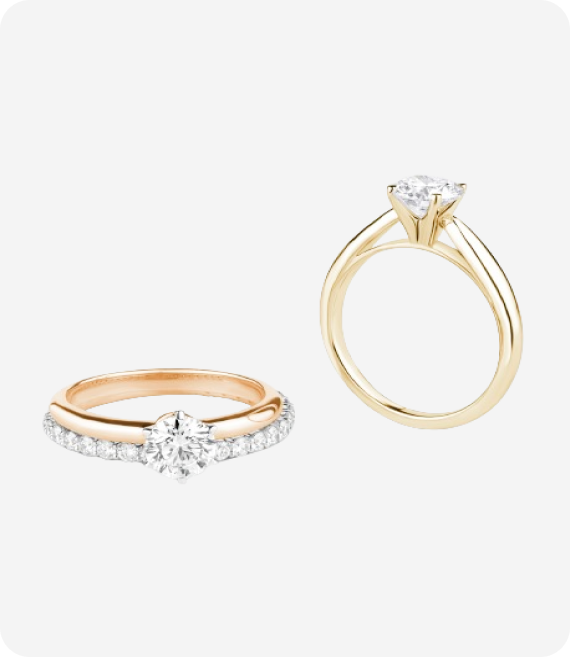
3. Channel
4. Choose Band
1. Width
2. Thickness
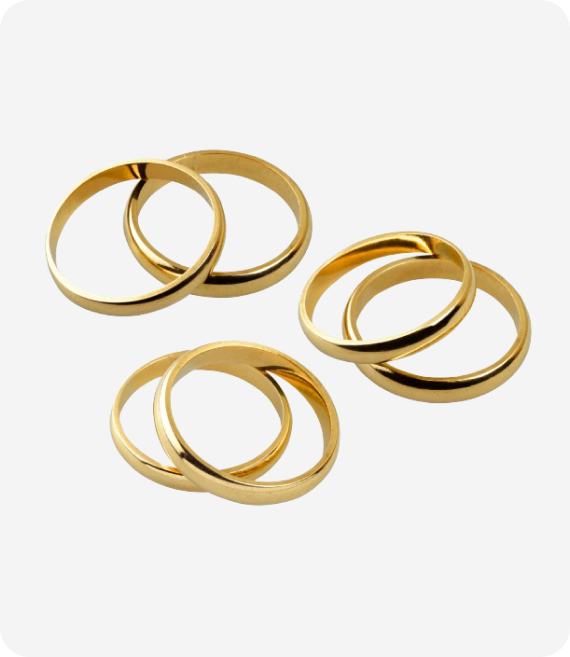
3. Channel
5. Metal according to LIFESTYLE
1. Platinum

2. Titanium
6. TRY ON DIFFERENT STYLES
1. Classic styles
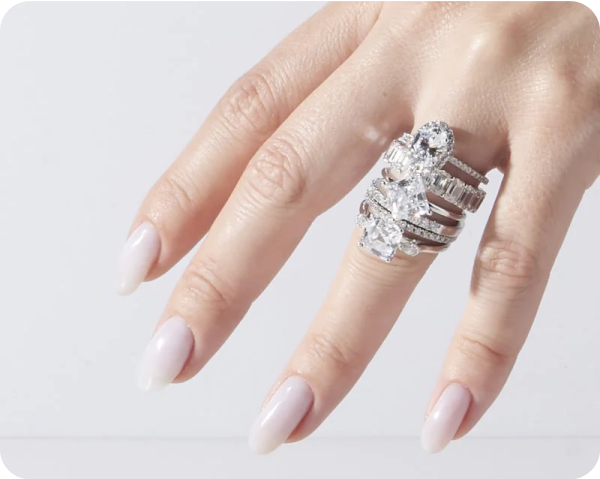
2. Two toned
7. MATCH YOUR PARTNER'S RING
